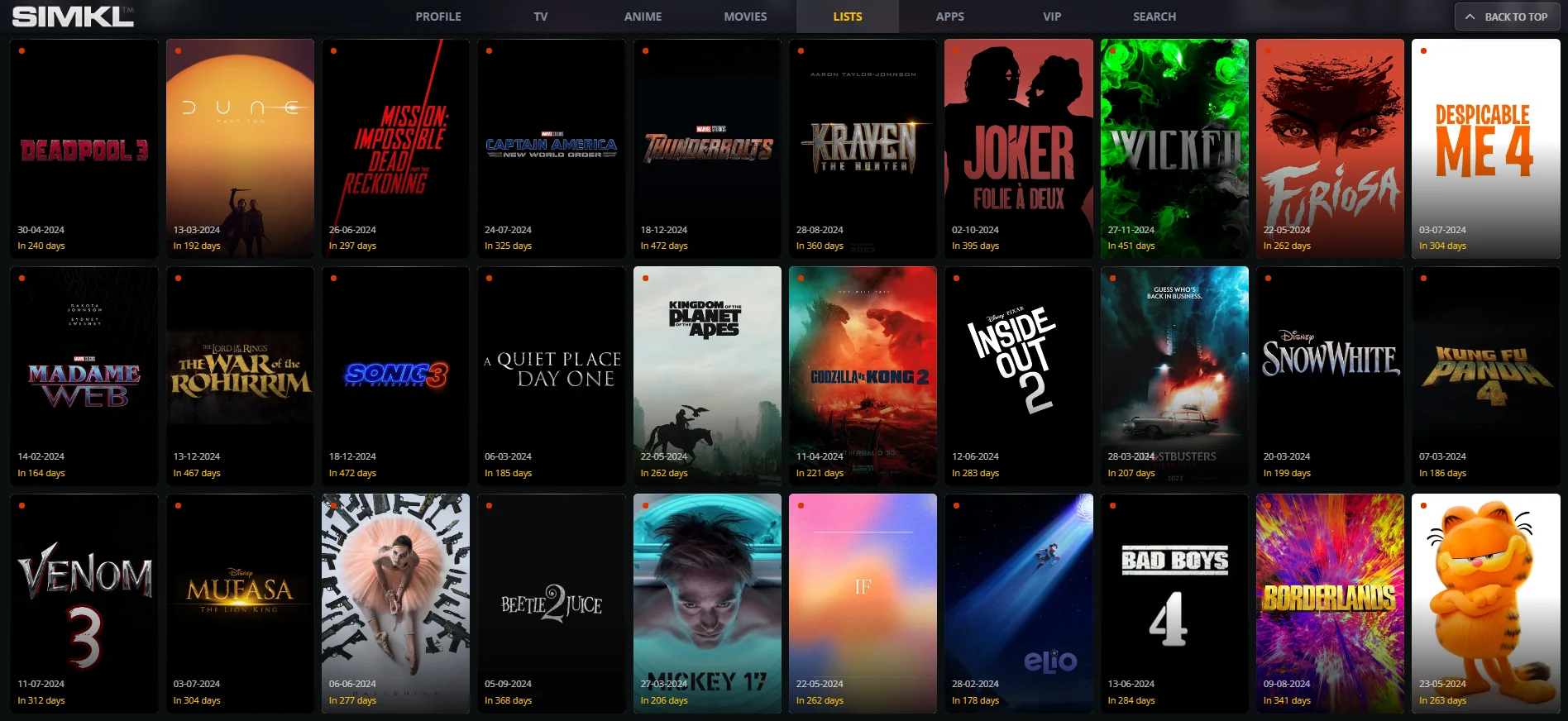Batting Strike Rate Explained: Key to Dominating T20 and ODI Cricket
Learn what batting strike rate is, how to calculate it, and why it’s crucial in T20 & ODI cricket. Use our batting strike rate calculator to track performance!

Cricket has evolved rapidly, especially with the rise of T20 and ODI formats. In today's fast-paced game, a batter's strike rate is one of the most critical statistics. Whether you’re a fan, an aspiring cricketer, or just someone looking to understand cricket better, batting strike rate is a concept you cannot ignore.
In this article, you’ll learn what batting strike rate is, why it matters, and how to use it effectively in T20 and ODI cricket. You'll also find tools like a batting strike rate calculator to measure it, tips to improve strike rate, and answers to frequently asked questions. Let’s break it down.
What is Batting Strike Rate?
Batting strike rate is a measure of how quickly a batter scores runs in cricket. It reflects a batter's scoring ability in terms of runs per 100 balls faced.
The formula to calculate strike rate is simple:
Batting Strike Rate = (Total Runs Scored ÷ Total Balls Faced) × 100
For example, if a player scores 50 runs off 25 balls, the strike rate will be:
(50 ÷ 25) × 100 = 200
In short, the higher the strike rate, the faster the batter is scoring runs.
Why is Batting Strike Rate Important in T20 and ODI Cricket?
In T20 and ODI cricket, every ball matters. Batters are under constant pressure to score runs quickly and efficiently. Here’s why strike rate plays a crucial role:
- Game-Changing Impact: A high strike rate can turn a slow start into a competitive score.
- Pressure on Bowlers: Quick runs force bowlers to rethink their strategy.
- Winning Matches: Teams with players who maintain high strike rates often dominate T20 and ODI matches.
To put this into perspective, in T20 cricket, a strike rate of 150+ is considered exceptional, while in ODIs, a strike rate of 90-100 is ideal.
How to Calculate Batting Strike Rate?
Using the strike rate formula is straightforward, but for quick results, tools like a strike rate calculator come in handy.
Example Calculation
- Runs Scored: 75
- Balls Faced: 50
Strike Rate = (75 ÷ 50) × 100 = 150
This means the batter scores 150 runs for every 100 balls faced.
Key Strike Rate Benchmarks for Different Formats
Batting strike rate expectations vary across formats:
1. Test Cricket
- Strike Rate: 50–70
- Focus: Building partnerships and patience
2. One Day Internationals (ODIs)
- Strike Rate: 90–100
- Focus: Balance between stability and aggression
3. T20 Cricket
- Strike Rate: 130–180
- Focus: Maximum runs in minimum time
How Does Strike Rate Impact a Batter's Reputation?
In modern cricket, batting strike rate often defines a player’s role:
- Power Hitters: Players like Andre Russell and Jos Buttler thrive on high strike rates, making them match-winners.
- Anchors: Batters like Virat Kohli balance strike rate and consistency, ensuring stability.
- Finishers: A high strike rate in the death overs helps teams set or chase down big totals.
Top 5 Batters with the Best Strike Rates in T20 and ODI Cricket
Here are some modern-day legends known for their explosive strike rates:
T20 Cricket
- Andre Russell - Strike Rate: 170+
- Suryakumar Yadav - Strike Rate: 160+
- Glenn Maxwell - Strike Rate: 150+
- AB de Villiers - Strike Rate: 140+
- Jos Buttler - Strike Rate: 140+
ODI Cricket
- AB de Villiers - Strike Rate: 101+
- Shahid Afridi - Strike Rate: 115+
- Virender Sehwag - Strike Rate: 104+
- Jos Buttler - Strike Rate: 120+
- Glenn Maxwell - Strike Rate: 123+
Strike Rate vs. Batting Average: What’s the Difference?
Many fans confuse strike rate with batting average. Here’s a quick breakdown:
- Batting Average: Measures consistency – runs scored divided by dismissals.
- Strike Rate: Measures scoring speed – runs scored per 100 balls.
Both are important, but in shorter formats, strike rate often carries more weight.
Tips to Improve Your Batting Strike Rate
If you’re an aspiring cricketer, here’s how you can boost your batting strike rate:
-
Focus on Power Hitting
- Work on strength training to clear the boundary with ease.
-
Improve Shot Selection
- Identify gaps and choose high-percentage shots.
-
Practice Against Yorkers and Bouncers
- Master difficult deliveries to stay ahead of bowlers.
-
Stay Calm Under Pressure
- Use smart strategies instead of swinging wildly.
-
Rotate the Strike
- Don’t waste deliveries; take singles when boundaries aren’t available.
How to Use a Batting Strike Rate Calculator
A batting strike rate calculator is a quick and easy tool to analyze a player’s performance.
Steps to Use It:
- Enter the total runs scored.
- Input the number of balls faced.
- Click "Calculate" to get the strike rate.
These calculators are perfect for players, coaches, and fans to track performance instantly.
Why is a High Strike Rate Important for Teams?
For teams, having players with high strike rates is a winning formula. Here’s why:
- Quick Scoring: Builds momentum during powerplays.
- Death Overs Impact: Finishing strong with boundaries ensures competitive scores.
- Chasing Targets: High strike rates help teams reach big targets quickly.
Common Questions About Batting Strike Rate
1. What is a good strike rate in T20 cricket?
A strike rate of 130+ is considered good, while anything above 150 is exceptional.
2. How is strike rate calculated in cricket?
Strike rate is calculated using the formula: (Total Runs ÷ Balls Faced) × 100.
3. Who has the highest strike rate in T20 cricket?
As of recent years, players like Andre Russell and Suryakumar Yadav boast some of the highest strike rates.
4. What’s the difference between batting average and strike rate?
Batting average measures consistency, while strike rate measures scoring speed.
5. Will a higher strike rate help me become a better player?
Yes! A higher strike rate shows you can adapt to modern cricket demands and dominate bowlers.
Final Thoughts
Batting strike rate is a key factor in modern cricket, especially in T20 and ODI formats. It separates great batters from the rest and plays a decisive role in winning matches. Whether you’re a player aiming to improve or a fan analyzing performances, understanding strike rate is essential.
Use tools like a strike rate calculator to keep track of your progress and push yourself to score faster without sacrificing consistency. With the right mindset and strategies, you can dominate any match!
What's Your Reaction?


















